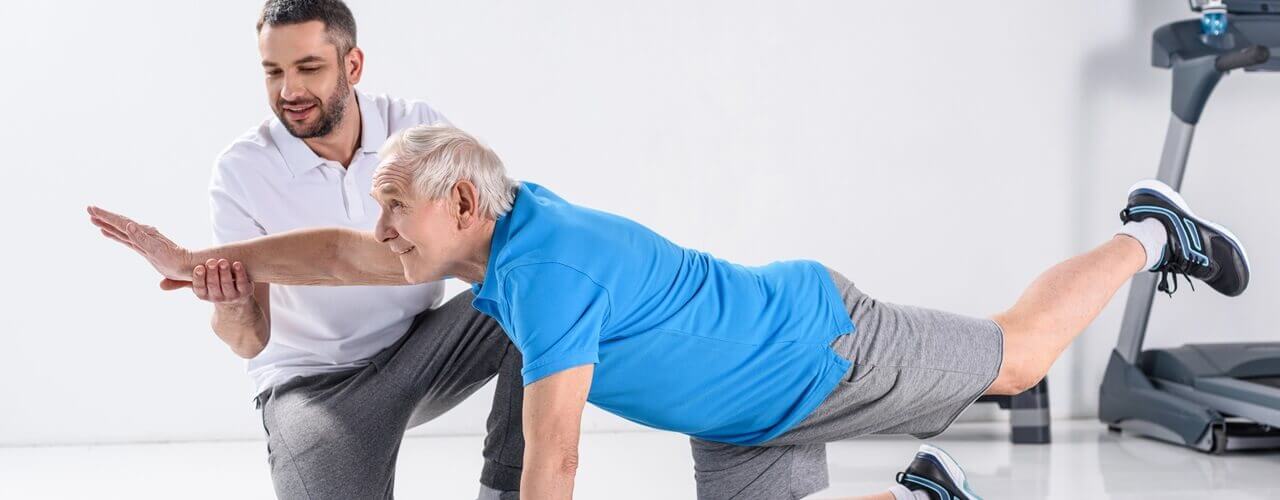Post-operative physical therapy can be a game-changer for individuals recovering from surgical procedures, offering a path to expedited healing and restored function. Meet Mark, an avid runner sidelined by a knee injury requiring surgery. The prospect of a lengthy recovery loomed large, threatening to derail Mark’s active lifestyle and passion for running. However, with the guidance of post-operative physical therapy, Mark found himself on a journey toward accelerated recovery and renewed vitality. Discover how post-operative physical therapy can help you reclaim your life as it did Mark.
Ready to get started with physical therapy for post-operative rehabilitation? Call our team at Walker Physical Therapy & Sports Injury Center today to learn more!
Defining Post-Operative Rehabilitation
Post-operative recovery timelines vary depending on the type of surgery and individual factors. Generally, patients can expect to experience pain, swelling, and limited mobility immediately after surgery. Over the following weeks and months, physical therapy and rehabilitation will help gradually restore strength, range of motion, and function. Post-operative physical therapy helps patients return to normal activities as soon as safely possible.
Mark’s Post-Operative Timeline
Immediately Post-Surgery (0-2 weeks)
- Mark experienced pain, swelling, and limited mobility in his knee immediately after surgery. He used assistive devices such as crutches to move around and avoid putting weight on the surgical leg. His physical therapy sessions focused on gentle range of motion exercises, pain management techniques, and early ambulation to prevent complications such as blood clots and stiffness.
Weeks 2-6
- Mark’s pain and swelling gradually decreased, and he began to wean off crutches as tolerated. His physical therapy progressed to more aggressive range of motion exercises, strengthening exercises for the muscles around the knee, and gait training to improve his walking pattern. He also started incorporating stationary biking into his rehabilitation program to improve cardiovascular fitness without putting excessive stress on the knee joint.
Weeks 6-12
- Mark continued to improve in strength, range of motion, and function. His physical therapy sessions focused on strengthening exercises, functional activities, and proprioceptive training to improve balance and coordination. He started light jogging or running drills under the guidance of his physical therapist to gradually reintroduce higher-impact activities. Mark worked on activities specific to his daily and recreational goals to ensure a safe return to his desired activity level.
Months 3-6
- Mark’s knee was nearing full recovery, with minimal pain and swelling. We continued to focus on advanced strengthening exercises, sport-specific training, and agility drills to prepare him for a return to sports and other high-level activities. He underwent functional testing and performance assessments to evaluate his readiness to return to activities safely. Mark also received guidance on long-term strategies to maintain the health and function of his knee joint, including ongoing strength and conditioning exercises, proper warm-up and cool-down routines, and injury prevention techniques.
Harnessing Healing: How Physical Therapy Transforms Post-Operative Recovery
Physical therapy is crucial in facilitating post-operative recovery, offering a comprehensive approach to address the unique needs and challenges of individuals like Mark. Through tailored treatment plans and evidence-based interventions, physical therapists guide patients toward a faster and more complete recovery.
Mark’s Journey: Post-Operative Physical Therapy Techniques
Pain Management
- Mark received personalized pain management strategies from his physical therapist, including manual therapy techniques, modalities, and therapeutic exercises aimed at promoting tissue healing and reducing inflammation.
Restoring Mobility and Function
- Mark’s physical therapy program focused on restoring range of motion, strength, and functional mobility. Through targeted exercises and hands-on interventions, Mark regained the ability to perform daily activities and gradually returned to his pre-surgery level of function.
Preventing Complications
- Mark’s physical therapist educated him on proper body mechanics, postural alignment, and movement patterns to minimize the risk of complications such as joint stiffness, muscle weakness, and post-operative deconditioning.
Enhancing Recovery
- Mark’s physical therapy sessions promoted optimal tissue healing and recovery by improving circulation, reducing swelling, and promoting healthy scar tissue. Through targeted interventions, Mark experienced accelerated healing and enhanced functional outcomes.
At our clinic, we’re committed to providing personalized care and support to guide individuals like Mark through every step of their post-operative recovery journey.
Mastering the Road to Recovery
At our clinic, we understand the unique challenges of the post-operative recovery process, and we’re here to help you overcome them every step of the way. Our team is committed to providing you with the personalized care, support, and expertise you need to master the road to recovery and reclaim your quality of life.
Call our team at Walker Physical Therapy & Sports Injury Center today to learn how post-operative physical therapy can help you overcome obstacles, accelerate your recovery, and achieve your goals.
Tags: Physical therapist, physicaltherapy, healthytips, healthandwellness, Post-Operative Physical Therapy

